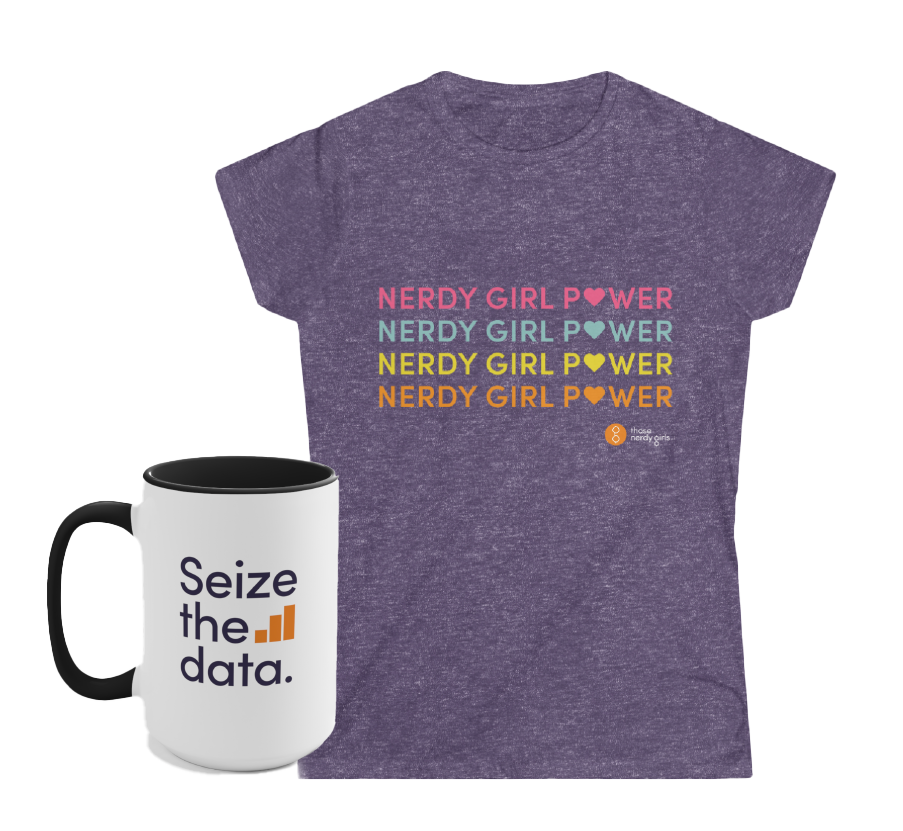Many of us nerdy girls tuned in to watch the live feeds of the recent FDA and CDC advisory committee meetings, during which two different panels of experts discussed the lower-dose Pfizer vaccine against COVID-19 for kids ages 5-11. The FDA and CDC panels both evaluate risks and benefits of vaccines, but they take very different approaches–especially when it comes to what is included in benefits.
The FDA Vaccines and Related Biological Products Advisory Committee (or just “VRBPAC” if you wanna be fancy) met on October 26, and though they voted unanimously (17-0 with one abstention) to extend the emergency use authorization for the Pfizer vaccine, the discussion was honestly pretty touch-and-go. Member after member talked about how difficult it was to figure out the balance when weighing risks and benefits in a population where both are tiny.
But–FDA takes a very narrow view of benefits. They instruct their committee members to look only at clinical risks and clinical benefits–that is, things that happen at the individual level, inside the body of the patient. This makes sense for something like aspirin; we don’t expect the aspirin I take to affect my roommate in any way.
But that’s just not true for vaccines. Vaccines are not like aspirin. Vaccines are by definition intended to operate at both the clinical and the population level. Yes, they reduce the severity of a COVID-19 case even if you still end up getting COVID-19, and that’s wonderful. But they also have an effect at the population level. Vaccination has a well-established track record in reducing disease transmission–which really is everything. FDA ignores all societal, mental health, economic, and population-level benefits of vaccination and seriously underestimates the benefits of the vaccine.
I have two kids in this age group whom I want to protect from COVID-19. I want to vaccinate them. They have appointments for next week–the first ones I could get. Never mind that kids largely come out OK when they get COVID-19, clinically speaking. I’m sick of the disruption of having to keep them home from school for days and stick swabs up their noses every time they get a sniffle. I want them to go back to carefree 7 and 11-year-old stuff like sleepovers and chess tournaments and everything else.
When it’s your turn to decide about the risks and the benefits of vaccinating your child for COVID-19, I hope you consider this: these vaccines have extremely low risks, and yes–also only small clinical benefits for kids who are otherwise low-risk. But vaccines have more to offer than improved clinical outcomes. History tells us that vaccinating kids is the way out of the pandemic. It’s not an aspirin. It’s a vaccine. It benefits your child and it benefits everyone.
Slate.com let me borrow a soapbox to talk about why I think the FDA approach is all wrong for vaccines, which I’ve used for excerpts in this message. Click through and read the full essay if you want to hear more.
Thanks for reading,
Malia


